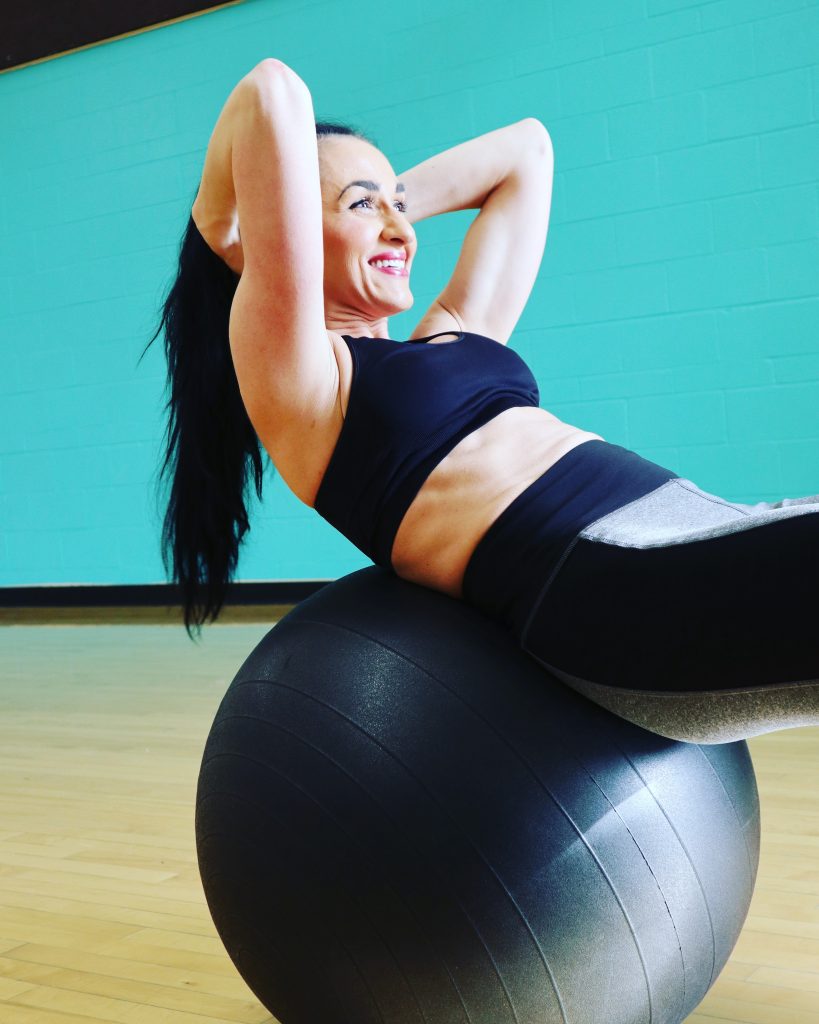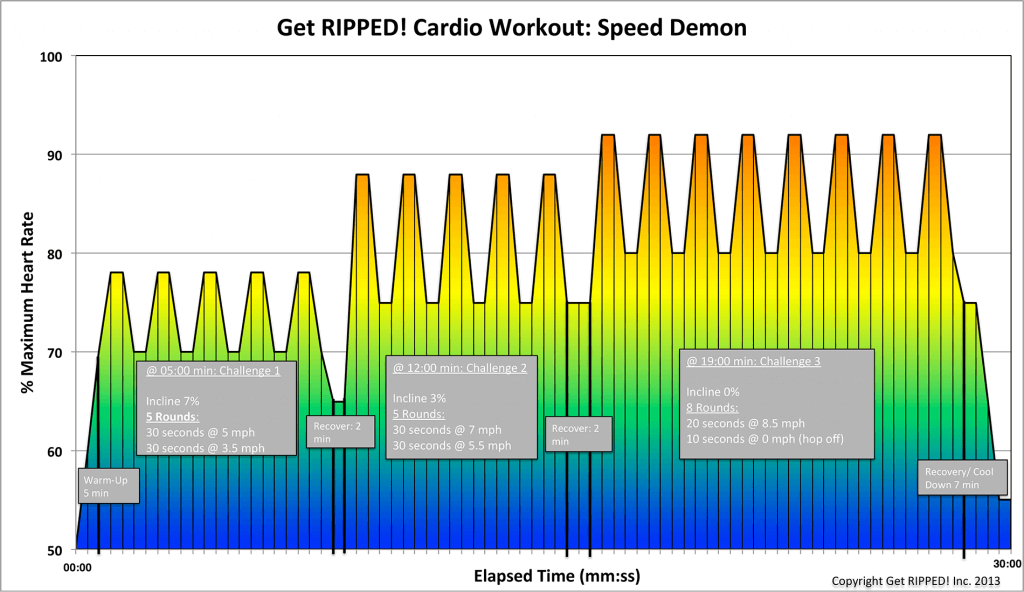Fitness Tips, Nutrition Tips
Best Stability Balls For Core Exercises
My “Get Ripped” videos and private coaching will help you build core strength, but for clients in Calgary, Canada, and around the world, sometimes a change of pace is fun. That’s where stability balls are good. Stability ball workouts are great core exercises that can provide a supplement to my program that adds a bit of fun and challenge. They’re for those times when you might not exercise, like watching TV or for a short break from sitting in front of the computer.
Don’t just sit on them for extended periods.
Stability balls look harmless but using them for too long initially can cause muscle aches and pains. Break up a half hour of sitting on the stability ball into ten-minute sessions three times a day. Unless you’re actively doing exercises, just sitting won’t replace a well-rounded exercise program, but it will add to it. You can also increase the level of difficulty by adding a stability ball to the workout. Squeezing a stability ball between your thighs when you do a side plank makes it far more difficult.
Find a ball that’s right for you.
Size counts when it comes to choosing a stability ball. When you sit on the stability ball, your hips should be slightly higher or level with your knees. If you’re between 4’11” to 5’4″ choose a 55 cm stability ball. The 65 cm balls are for people 5’5″ to 5’11”. Anyone that’s 6′ to 6’7″ should use the larger 75 cm stability ball. Always check to make sure the ball can accommodate your weight and is burst-resistant and slow deflating. Heavier people should also select a size larger than indicated by their height. Even though a ball may be labeled anti-burst, always read the reviews. Some balls may still rapidly deflate when punctured, regardless of the labeling. Always read the most recent reviews, especially the one-star ones, since quality can change.
When filling the ball, take your time.
Inflating the ball over three days may help maintain its shape and durability. On day one, fill it half full, then to 80% on day two. On the third day, fill it to 100%. If you’re using the ball, most manufacturers don’t recommend it when lifting weights, regardless of the 2000-pound rating. Serious injuries can occur if you’re doing weighted exercises and a stability ball bursts. Don’t underfill or overfill the ball. Both are dangerous. Keep the stability ball out of the sun to protect the integrity of the material.
- You can use exercise balls for rehab, strength and conditioning, core strength, posture, and yoga exercises.
- Your exercise ball has two ratings, static and dynamic. Static weight means no movement, while dynamic weight maximums include exercise, bouncing, and lifting.
- Choose the ball with the texture you prefer, but remember, smooth textures become slippery, particularly if you’re sweating. A more textured ball can help prevent slipping.
- Not all exercises require sitting on a stability ball, so almost any type of ball will do. Crunches, twists, and an abdominal ball raise only use the stability ball more difficulty to any exercise.
For more information, contact us today at Get RIPPED! by Jari Love


